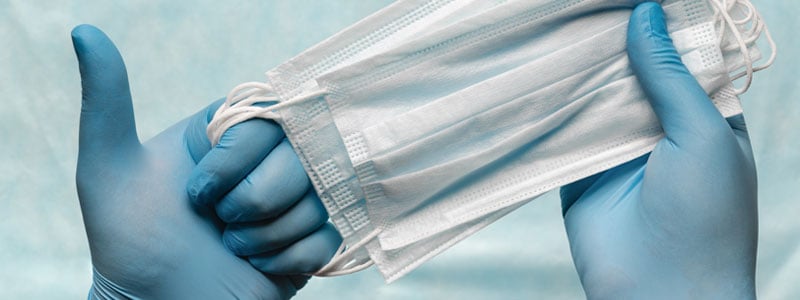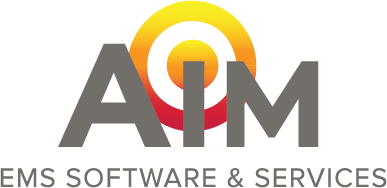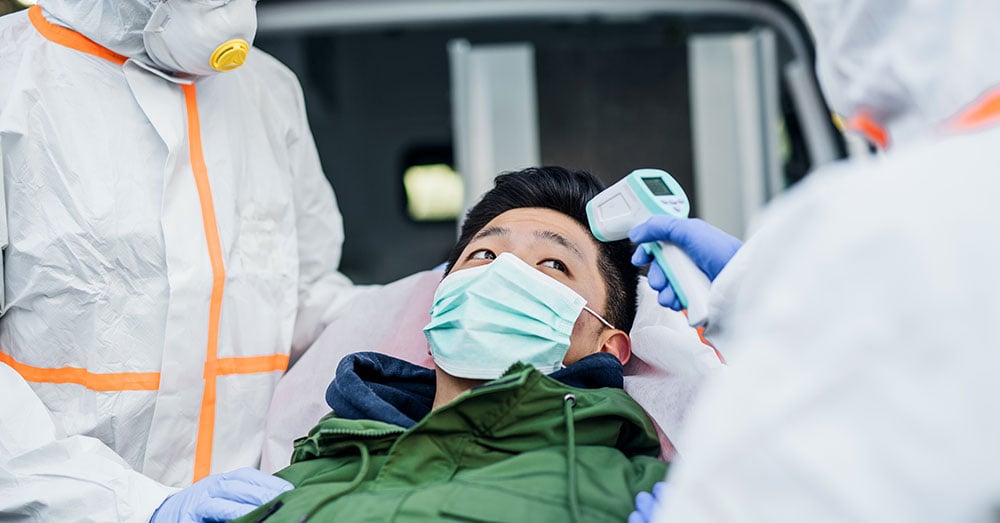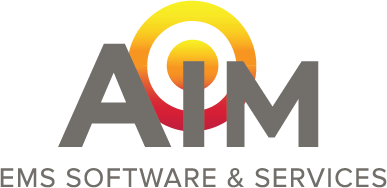How should an ambulance dispatch center handle operations and processes during a pandemic?
Ambulance dispatch services are a central operation that must continue during any disaster, including the current day COVID-19 or coronavirus outbreak. As the pandemic continues, questions and uncertainties arise, including how ambulance dispatch center operations and processes should be handled. With ever-changing CDC guidelines, understanding the need for changes and compliance is key.
Jennifer Kirkland is a well-respected Emergency Dispatch Center Manager in the Grand Junction Colorado area, a nationally recognized dispatch center expert, and Senior Consultant for Fitch and Associates. Her industry experience and understanding of the CDC guidelines has prompted the following tips and changes for creating a healthy and safer dispatching work process.
Dispatching Responding Units
In regards to dispatching responding units, the biggest change is that dispatchers can question and survey incoming callers. Doing this helps dispatchers determine if they need to warn the responding units of any potential symptoms that may indicate possible coronavirus exposure. This is an additional step to the standard ambulance dispatching procedure.
The dispatch center should have pre-formatted questions with which to interview the requesting phone callers specific to COVID-19. Based on the responses from the caller, the dispatcher can assign a responding unit, or pass the phone call to a higher level call screener for review.
The International Academies of Emergency Dispatchers (IAED), the ambulance dispatch’s leading authority organization, provides many guidelines for standard ambulance dispatch operations. Most importantly, they offer protocols and guidelines for unusual events such as the current coronavirus pandemic. Protocol 36 of the IAED protocol manual specifically highlights how requesting calls should be escalated from the original dispatching call taker when non-ordinary events occur, like the current pandemic.
Typically, level one of the protocol suggests the dispatchers be armed with a series of questions, as mentioned previously, to ascertain any potential hazards for the responding units. In the case of the coronavirus, dispatchers are to ask about symptoms such as fevers, recent sickness, and recent travel.
There are four levels to protocol 36. At the higher levels, call screeners such as nurses and paramedics review the call to accurately assess and dispatch the appropriate responding resource. In the case of COVID-19, this could be a review that leads to the ambulance dispatch center dispatching a specialty designated unit and crew for COVID-19 responses.
Staffing an Ambulance Dispatch Center
In many ambulance dispatch centers with consoles and desks, the workstations are designed at least six feet apart. In smaller ambulance dispatch centers with less room, the area must be reconfigured so that communication center workers are sufficiently separated to ensure adherence with the CDC guidelines.
Jennifer recommends the following operational changes for ambulance dispatch centers to assure that the coronavirus doesn’t enter the workspace.
- Staff should have their temperature taken before beginning their shift.
- Staff should stay home if they are sick, whether they believe it is the coronavirus or not.
- Access to the work kitchen and vending machine areas should be restricted to one person at a time. Have each person wipe the area when they are done utilizing it
- Staff should apply hand sanitizer regularly, so having hand sanitizer readily available at all access points (doorways, hallways, etc.).
- Staff should not share dishes, cups, or silverware. Disposable flatware, cups, and utensils should be made available.
- Staff should use a dedicated restroom facility. If your work area does not have a dedicated restroom facility for the communication center, designate a restroom specifically for the communication center employees. If dispatch works in a shared building, declare a designated restroom for your team.
- Staff should disinfect their computer keyboards and monitors at regular intervals. These time intervals may change depending on the severity of the pandemic.
- Staff should maintain a 6-foot separation even when walking in hallways, using an elevator, etc.

Additionally, as in Jennifer’s organization, she recommends having pre-planned amended work schedules based upon the various levels of staffing thresholds. This way, staff understand how their shifts will change if co-workers become ill and unavailable to work.
Finally, Jennifer noted that the Grand Junction Emergency Communications Center call volume is down due to the stay-at-home and shelter-in-place mandate. However, they are starting to see an increase in civil disturbance calls and medical calls as the public begins to get antsy from the quarantine.
Automated EMS Dispatch Systems
If you need a way to streamline your dispatch process and you’re ready to ditch manual data entry, it might be time to invest in an automated EMS dispatch system. Improve quality by standardizing processes based on call type, such as emergency and non-emergency, scheduled and unscheduled.
Save time and reduce errors by capturing information at the source to eliminate duplicate data entry, including automatic transmission of EMS dispatch data to the crew’s notification device and on to the ePCR. EMS Dispatch Software is the first powerful step in AIM’s integrated EMS Dispatch, ePCR, and EMS Billing Software solution.





